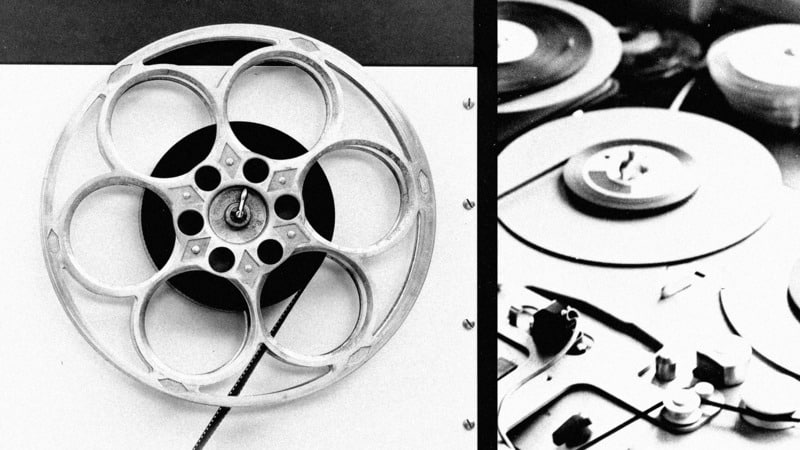Photo by Anthony Roberts / Unsplash
Many people recognize sound design as a huge component of popular media such as electronic and pop music, film TV shows, and video games. Truly great sound design can become characteristic of an artist’s musical voice, or complement the action or emotions playing out on the screen to enhance the audience’s experience. What a lot of viewers might not know is that it takes an intensive process to achieve the sounds in the final product.
Broadly speaking, sound design refers to the technical process of recording, producing, and manipulating audio effects and elements. Some of the most common techniques sound designers use to achieve unique sounds include foley and recording sounds within a real-world environment. Electronic music produced through software and hardware instruments also make it more accessible for musicians and artists to create the unique sounds they want.
If you take the time to refine your techniques and understand what goes into this understated, yet intriguing production field, you can be on your way to mastering sound design. Here are a few pointers to get you started.
Invest in a synthesizer and become an expert on it
A high-quality synthesizer is one of the primary tools that a sound designer works with; it’s essential to get up to speed for this particular technical knowledge. Can you differentiate between an oscillator and a filter? There are countless synthesizers out there with characteristic oscillators and filters, but if you’re first starting out, just pick pick one and dive deep. Digital instruments like Ableton Live, Kontakt, and Reaktor are a few popular software choices that come with an extensive pool of synth plugins for you to explore.
Don’t be afraid to push boundaries at the start
Not sure how to use effects? Go crazy with them! To get a good understanding of how an effect works don’t be afraid to test out one extreme to another. Start with a low pitch, speed up the LFO, mess with the oscillators some more. Instill a sense of flow in your sounds with changes in harmony and direction. Dial up the settings and listen to how different sound effects are applied to your interactions. Not sure what some of the words mean? Good! Close your eyes and listen for their effect on the sound — that’s what matters most.
Make sure to record it right the first time
When you’re first recording sounds make sure you capture the performance as best as you can to save you time and painstaking edits. Even with the best equipment, there’s only so much you can do with a poorly done recording. Correcting a flawed file is easier said than done, so avoid this problem by ensuring you’re capturing sounds properly.
Layer multiple sounds
A single sound alone sometimes makes less of an impact than several sounds stitched together. Combining different sounds can often make it more interesting to hear or lend an element of surprise. If you need to mimic natural sounds such as a creature’s roar or heavy thunderstorm, layering can add a believable sense of depth.
Understand the sound synthesis process
Understanding the foundations of sound synthesis can dramatically elevate even the most basic of sounds. There are multiple types of synthesis, and some better cater to particular genres like funk, hip-hop, or EDM. When is subtractive or additive synthesis favorable compared to FM synthesis or wavetable? Knowing their strengths gives you shortcuts that help you achieve your signature sound.
Take apart your “finished” projects
It’s fine to be proud of your work once you’ve completed a track, but who says you need to stop there? Learn to splice, dice, improvise, and everything in between. Experiment with different combinations: what happens if you move a middle section to the end, or highlight a certain note through repetition? Deconstructing what you’ve already created helps you get the most out of your production.
Spend a couple sessions just listening to what you have and try to think of what changes you can make to produce a different tone or mood. Even simple sounds arranged together can evoke a particular ambience, and you might pick up something new. Remix yourself, and then remix the remix!
Ready to jump into a new recording? Learn more sound design tricks and techniques by enrolling in the following courses:
Sound Synthesis Using Reaktor
California Institute of the Arts

Sound Production in Ableton Live for Musicians and Artists
California Institute of the Arts

Sound Design with Kontakt
Berklee College of Music

Experimental Foundations for Sound Design
Columbia University of the City of New York
